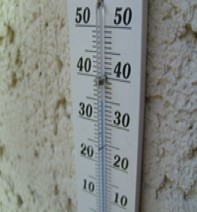-
Courses

Courses
Choosing a course is one of the most important decisions you'll ever make! View our courses and see what our students and lecturers have to say about the courses you are interested in at the links below.
-
University Life

University Life
Each year more than 4,000 choose University of Galway as their University of choice. Find out what life at University of Galway is all about here.
-
About University of Galway

About University of Galway
Since 1845, University of Galway has been sharing the highest quality teaching and research with Ireland and the world. Find out what makes our University so special – from our distinguished history to the latest news and campus developments.
-
Colleges & Schools

Colleges & Schools
University of Galway has earned international recognition as a research-led university with a commitment to top quality teaching across a range of key areas of expertise.
-
Research & Innovation

Research & Innovation
University of Galway’s vibrant research community take on some of the most pressing challenges of our times.
-
Business & Industry

Guiding Breakthrough Research at University of Galway
We explore and facilitate commercial opportunities for the research community at University of Galway, as well as facilitating industry partnership.
-
Alumni & Friends

Alumni & Friends
There are 128,000 University of Galway alumni worldwide. Stay connected to your alumni community! Join our social networks and update your details online.
-
Community Engagement

Community Engagement
At University of Galway, we believe that the best learning takes place when you apply what you learn in a real world context. That's why many of our courses include work placements or community projects.
Indoor Air Pollutants
Pollutants
Particulate matter
We will be monitoring particles in the air which are less than 2.5 mm (microns) in diameter. These particles can be generated by cooking, hoovering, cleaning, spraying deodorant, perfumes or air 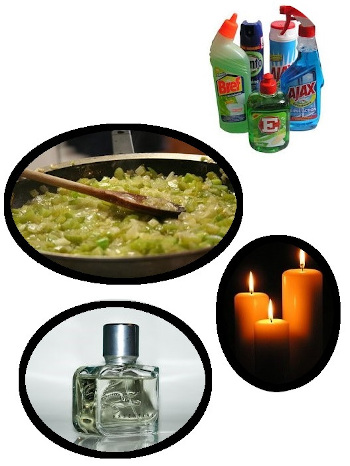 fresheners, burning candles or incense sticks and there are many more sources of particulate matter in your home and outside of your home.
fresheners, burning candles or incense sticks and there are many more sources of particulate matter in your home and outside of your home.
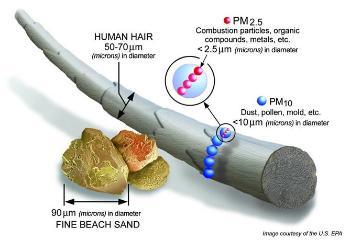
Carbon monoxide (CO)
Carbon monoxide is formed from incomplete burning of fuels like coal and peat. It is also formed from burning cigarettes. 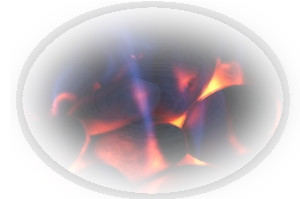
Carbon dioxide (CO2)
Carbon dioxide is formed by the burning of wood and fossil fuels such as coal, peat, and natural gas. This gas is also exhaled by people when they breathe.
Nitrogen Dioxide (NO2)
Nitrogen dioxide is formed from the burning of gas, wood, oil. Appliances such as cookers and heaters (water and space), and boilers. 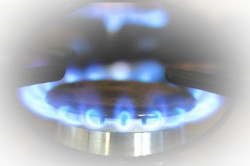
Total volatile organic compounds (TVOCs)
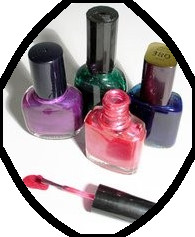 TVOCs are gases emitted from a number of items used in the home. Volatile organic chemicals can be found in a variety of products around your home including perfumes and aftershaves, paints and paint stripper, dry cleaned clothing and disinfectants, glues and adhesives, building materials and furnishings.
TVOCs are gases emitted from a number of items used in the home. Volatile organic chemicals can be found in a variety of products around your home including perfumes and aftershaves, paints and paint stripper, dry cleaned clothing and disinfectants, glues and adhesives, building materials and furnishings.
Further information is available on the Links page.
Formaldehyde
Formaldehyde is one of the most commonly VOCs detected indoors. It can be present in wood products, tobacco smoke and glues.
Further information is available on the Links page.
BTEX
This is an acronym for four chemicals benzene, toluene, ethylbenzene and xylene. BTEX can be found in tobacco smoke and in homes with attached garages. 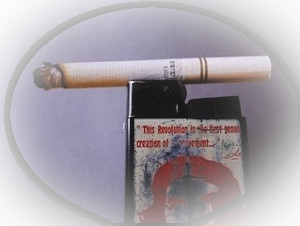
Radon
A radioactive gas which is common in Ireland. Ireland has one of the highest prevalence’s of radon in homes in the EU.
Radon is a naturally occurring radioactive gas found in igneous rocks and soil and is common in areas with granite. This gas can then permeate in to the home, levels in homes can be higher than in the outside environment.
Further information is available on the Links page.
Temperature and Humidity
Measuring temperature and humidity will indicate the thermal comfort within the home.
